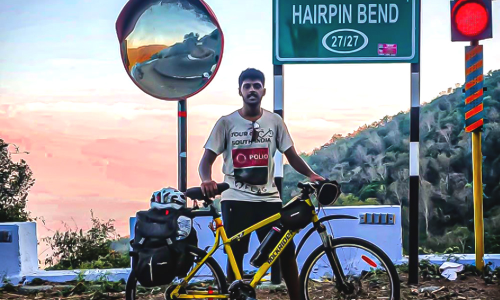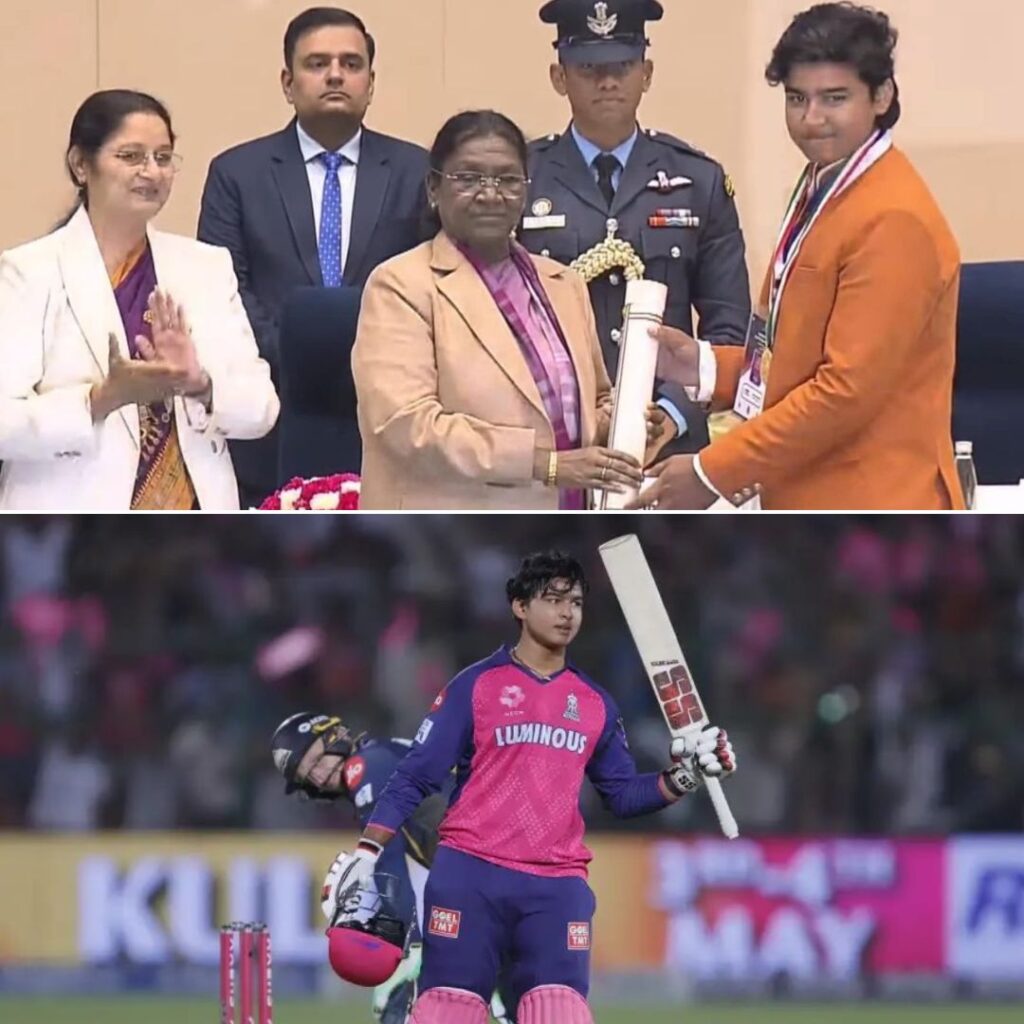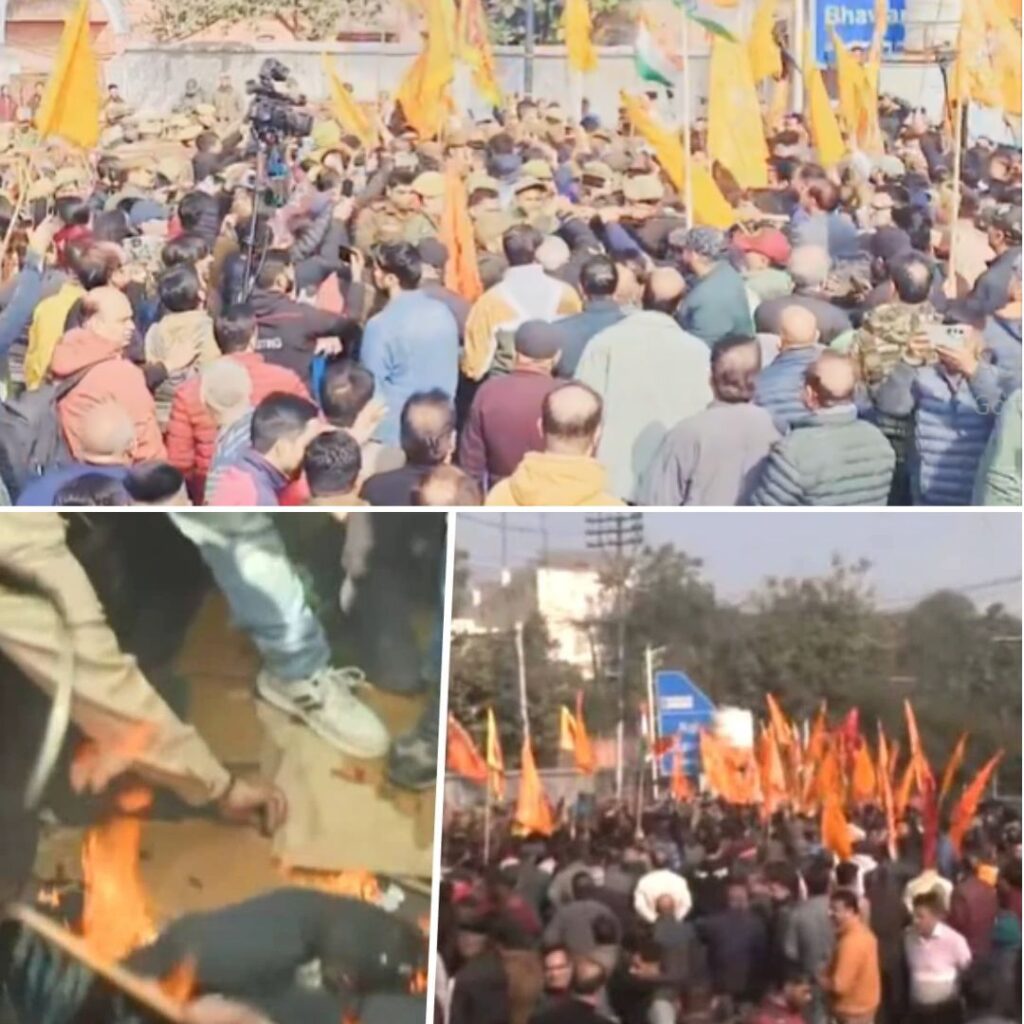I am Sirish, a mechanical engineer, and I have been cycling for the past seven-eight years. It all started in sixth grade with cycling to school, because the school was about four-five km from my house, which continued for almost four years.
The rough terrain was difficult to pass through on a cycle but I had started thinking of the route to the school as a challenge. A watch was strapped to my wrist with the stopwatch function activated to clock the time of the commute.
This was when I started viewing cycling much more than it appeared — a challenge.
At 16, I joined the ‘Bangalore Randonneur Club’ which introduced me to long-distance cycling. The riders of this club used to pedal and cover a distance of 200 to 1,200 kilometres in one go. It inspired me to take up long-distance cycling for the first time in 2016.
Called the Anchetti Ride, it was one of the toughest rides to cover 200 kilometres on an average time frame of 13.5 hours. Although it sounded achievable, the rough terrain posed the biggest difficulties and tested one’s survival skills. The journey started with 120 riders but only 33 made it to the end.
I remember vividly, at the 80-kilometre mark, the route passed through a section of forest and then turned to a complete downhill. The climb had exhausted me and I wanted to reach the base as soon as possible and during the descend, my speed gathered momentum and since it was speeding at 65 kilometres, indicated by the cycle’s speedometer, it went out of my control and I crashed.
During the crash, the cycle seat was broken and I had a few bruises. The next 120 kilometres seemed impossible with the situation I was in, but a few of my fellow cyclists halted while passing through the route. One of them, in his thirties, asked me not to quit the race. He told me to get the seat fixed in the nearest town and to get back on the track.
That pushed me and I actually did finish the ride. I ended being one of those 33 people who did finish and did it in about 13 hours, surprisingly, half-hour below the average time.
The fall during my Anchetti ride had caused an injury on my right shoulder, and while in college, I suffered another injury on my left shoulder. The doctors warned me that any more injuries would lead to surgery.
This also worried my parents and they asked me to stop cycling and I obliged. So, no cycling during most of my engineering days. But during the fourth year, I wanted to go on a bike ride to Kanyakumari. My mom prompted me to cover the entire distance, not with a motorbike, but in a cycle.
All I knew, it had been a long time I had pedalled. This was in January last year, and I decided to go back to the roots and take up the challenge. I started training for the journey from covering 15 kilometres to gradually pushing to 40 kilometres- to build stamina and endurance for the ride.
I decided to attach a cause to my ride. ‘Tour de South India’ was no longer just about covering 1,800 km in 15 days, it was also to improve education among the youth and strengthen the process which provides self-defence lessons among girls and young women.
A few of my friends were part of two non-governmental organisations- Youth Conclave of India and FLAG (Fight Like A Girl). I started a fundraiser on several crowdfunding platforms to raise ₹1,50,000 and contribute to both the organisations.
It was the fact that you are going to literally sweat for someone else, when you put in actual physical hard work to support someone’s education or help a woman in a village, people connect with you and stand with you. The fun fact about this entire fundraiser was that before I started the tour in March, my goal of raising ₹1,50,000 was almost achieved.
I hadn’t even started pedalling yet. I started the fundraiser on February 17, and by March 1, had already raised ₹1,43,000. Just the thought and the initiative did the job. Now my part of actually cycling was just to complete the fundraiser, the thought, the story did most of the work. I just trained for a total of 70 to 80 hours and picked up my bicycle and went. Sometimes, it is just the intent that makes the task achievable.
For me cycling isn’t a mode of everyday commute, it’s just something I am passionate about. I relate this to my life, the ups and downs of my life. Cycling teaches you a lot of things one of them being how much effort to put at various stages, when to stop, when to relax, all of which are things that can be applied to real life.












